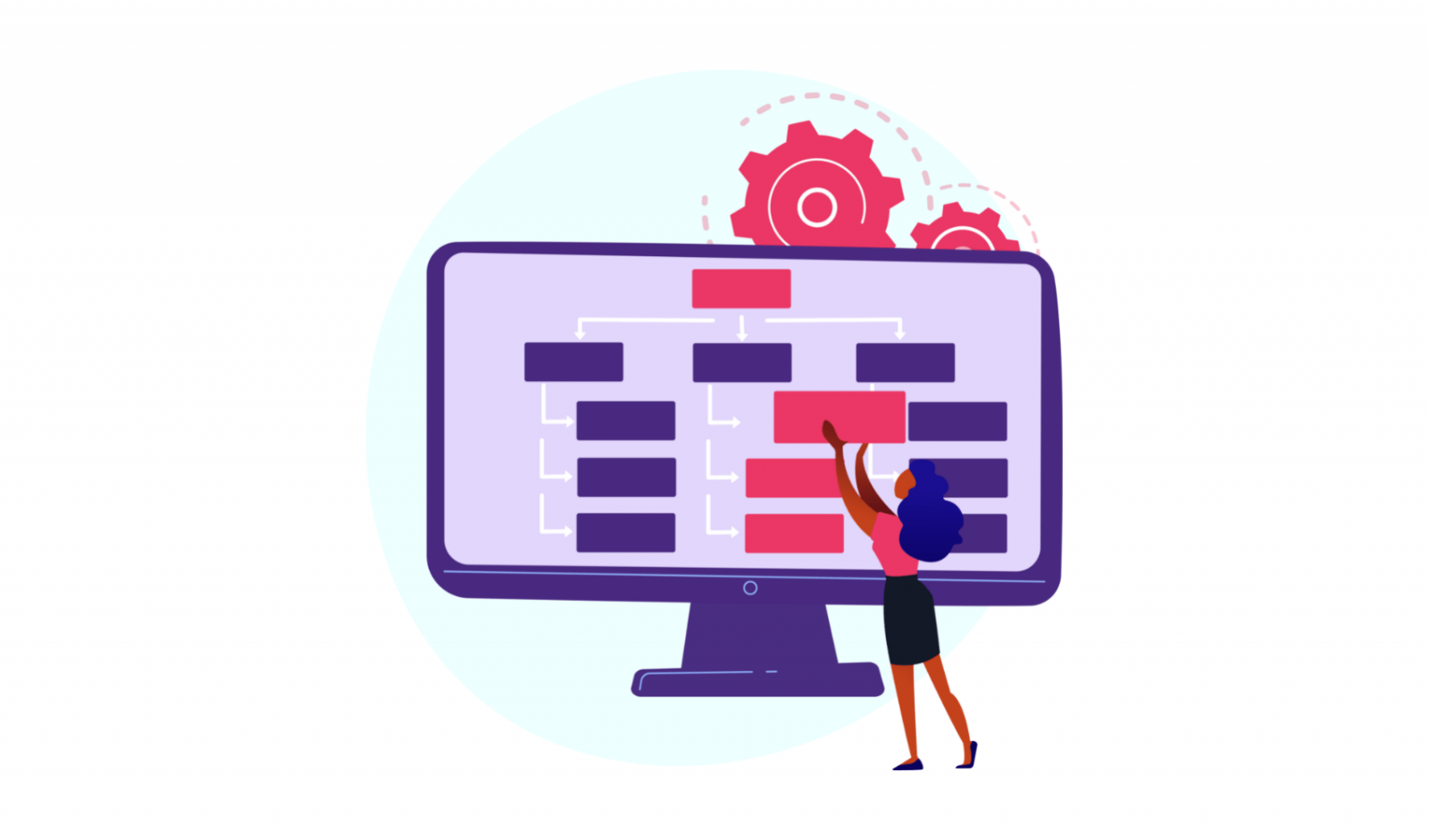Ten Agile testing concepts that testers should be aware of were briefly mentioned in the preceding blog post by VNEXT Global. We'll continue this series with 5 left Agile testing concepts in this section, which may help your team when it comes to Agile development.
1. Ongoing improvement

One of the key elements in the agile tester’s mindset is seeking out opportunities to improve. Naturally, this is how the entire team should be thinking, as the basic tenant of agile is that the team constantly strives to produce better work.
In team Agile retrospectives, testers assess what's functioning well and what needs to be changed or added. Testers raise testing-related issues for discussion by the entire team. The adoption of process improvement techniques like Agile retrospectives and obstacle backlogs has helped teams make the biggest gains in testing and all other areas. Some suggestions for improvement may end up as task cards. Teams work on one or two issues at a time when dealing with larger difficulties to ensure that they address the root cause and not just a symptom.
Agile testers and their teams are constantly searching for methods, techniques, or solutions that could help them increase customer value or increase their return on investment (ROI). Agile development's brief iterations make it simpler to experiment with new ideas for a few iterations before deciding whether to adopt them permanently.
Agile testers value professional development and abilities to learn new. They make use of the numerous free resources offered to them in order to advance their specific abilities, such as exploratory testing. To generate fresh ideas, they attend conferences and seminars, subscribe to mailing lists, and read books, blogs, and articles. In order to free up more time to contribute their valuable skills, they look for ways to automate tedious or repetitive jobs (or ask their peers for assistance).
Agile retrospectives are a crucial component of agile methodology because they enable the team to build on their performance from the day before. Agile testers make use of this chance to bring up testing-related concerns and request that the team come up with solutions. The team can give feedback to itself in this way to help it get better over time.
2. Adapt to Change

In a Waterfall model, we became accustomed to stating, "Sorry, we can't make this change at this time; the requirements are frozen", which will need to be included in the initial patch release. Customers found it frustrating since they realized they didn't do a good job of outlining all of their criteria in the beginning.
Customers know they can have their change when they want it because they determine the priority, even if we have to say, "OK, make a card for it and we'll do it in the next iteration or next release," during a two-week agile iteration.
Agile practitioners place a high priority on adapting to change, yet we've found that testers struggle with this idea more than most. To be able to claim, "I've tested that; it's done," testers need stability. Requirements that are always changing are a tester's worst nightmare.
But as agile testers, we must embrace change. We may anticipate starting tales A and B on Wednesday and C the following Friday. The client may have changed their priorities by Friday and now prefer tales A, X, and Y. We can manage adjustments like that as long as we maintain communication with the customer since we are moving forward at the same rate as the rest of the team.
Some agile teams make an effort to get ready before the following iteration, possibly by creating high-level test cases, identifying business satisfaction conditions, or compiling examples.
It's a complicated process that could squander time if stories are drastically revised or given a different priority. To prepare for the iteration, distributed teams should specifically require additional feedback cycles.
For more in-depth planning, some teams have analysts who can work with the business specialists for longer. Each team must find the right balance between coming up with ideas in advance and beginning each iteration from scratch. Agile testers adapt to changes by working with the team and going with the flow.
One element of the approach is automated testing. No agile team will be successful if they solely conduct manual testing, that much is certain. To deliver business value in a timely manner that makes it valuable, we need robust automation.
3. Self-organizing

The self-organizing agile team includes the agile tester. The agile testing mindset is infused with the team culture. Testers benefit from a completely new perspective when programmers, system administrators, analysts, database experts, and the client team continuously consider testing and test automation. Although automating tests can be challenging, doing it when the entire team is involved is significantly simpler. Any testing problem is easier to solve when it is approached from different angles and by people with different skill sets.
Everybody is responsible for solving a large problem that an agile team encounters, such as a production bottleneck or a malfunctioning build. The most important challenges must be solved by the entire team. Members of the team immediately debate the problem and decide how and who will resolve it.
4. People-first strategty

When good people are given the freedom to produce their best work, projects prosper. Agile ideals and principles were developed with the intention of promoting success for both individuals and teams. Agile team members should feel secure and unconcerned about being held accountable for errors or losing their jobs. Agile team members value one another and acknowledge each other's successes. On an agile team, everyone should have the chance to advance their careers. Agile teams operate at a steady pace that enables them to adhere to prescribed procedures and maintain an open mind. According to the Agile Manifesto, we place a higher priority on people and interactions than on tools and processes.
Testers haven't always had equal rights with other jobs on the development team throughout the history of software development. Some individuals believed that software testers were subpar programmers or second-class citizens in the industry.
Testing is perceived as being a low-skilled job by testers who don't bother to gain new skills or advance their careers. Even the term "tester" has been discarded in favor of team names like "QA Department" and job titles like "Quality Assurance Engineer" or "Quality Analyst".
All team members are treated equally by agile teams that follow the real agile principle. Agile testers are aware of the unique value they provide to their teams, and development teams have discovered that having testers with particular backgrounds and talents increases team productivity. For instance, a talented exploratory tester may find problems in the system that automated functional tests were unable to find. Someone with extensive testing experience might bring up crucial issues that team members without testing knowledge had not thought of. One aspect of every team's ability to provide value is testing knowledge.
5. Enjoy

An agile tester, in our opinion, would be working on a team where everyone collaborates, where you are involved in the project from beginning to end, where business stakeholders communicate with the development team, and where the entire team is responsible for quality and testing.
We're not the only ones that think everyone should enjoy their job. The enthusiasm of the agile tester for her work is rewarded in agile development. Our roles as agile testers are very fulfilling because our perspectives and abilities enable us to significantly benefit our teams.
If you are looking for a trusted IT partner, VNEXT Global is the ideal choice. With 14+ years of experience, we surely can help you to optimize your business digitalization within a small budget and short time. Currently, we have 400+ IT consultants and developers in Mobile App, Web App, System Development, Blockchain Development and Testing Services. We have provided solutions to 600+ projects in several industries for clients worldwide. We are willing to become a companion on your way to success. Please tell us when is convenient for you to have an online meeting to discuss this further. Have a nice day!

.png)










